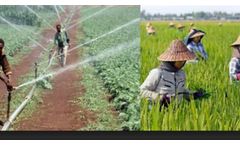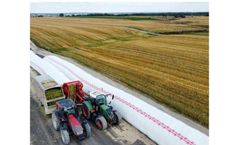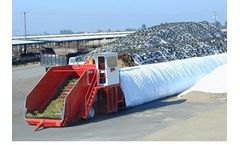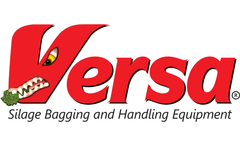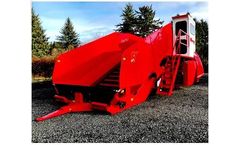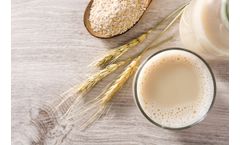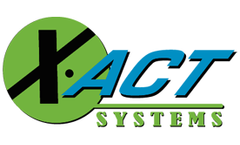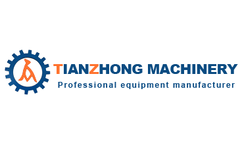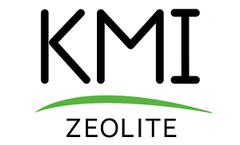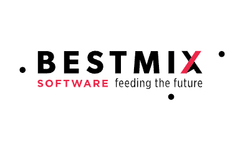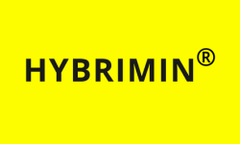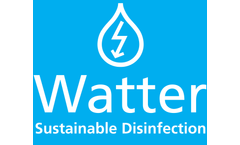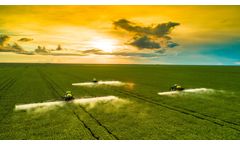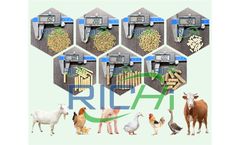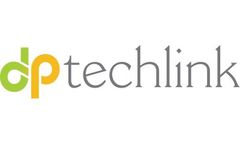Refine by
Dairy Cows Articles & Analysis
76 articles found
Dairy cows, particularly those in peak lactation, have very high energy demands. A high-producing dairy cow can require up to 70% of her energy intake just for milk production. In this context, silage provides a high-moisture, energy-rich forage source that supports rumen function and milk production in ...
JC-9465 is a new proprietary advanced chemistry that generates ROS (Reactive Oxygen Species). It is an aqueous chelation of minerals/metals and oxychloride compounds in a liquid form. Our mineral oxychloride technology is a source of oxygen energy that is effective against 99.9999% of bacteria and viruses. By generating a high concentration of hydroxyl radical ions and other oxygen species, ...
Reducing Silage Loss Up to 30% Saves Dairy Farms $4,500-$45,000/Year Overall, a typical U.S. dairy farm with 100 cows might use between 1,500 and 2,500 tons of silage annually. ...
Milk production is increased with Dairy Cows and increased weight gain with Beef Cattle. ...
As a cost saving alternative to dry grain supplementation, bagged snaplage/earlage offers high energy content and easy digestibility Dietary supplementation with dry grains has traditionally been utilized as an economical way to meet the high energy demands of the herd, particularly when forage is scarce or of low quality. However, dairy farmers are increasingly turning to high moisture corn ...
Dairy farmers are bagging silage to reduce spoilage by up to 30%, increase nutrient value and milk production, improve herd health, and potentially earn environmental carbon credits. For dairy farmers, “good feed promotes good production” is a guiding principle that has a direct cause-and-effect impact on milk tank volume. As a result, providing the highest quality feed is crucial ...
Dairy farm consultants and equipment suppliers weigh in on the benefits of properly packed bags, as well as feed management tips to obtain the highest nutrient density feed to promote herd health and production. Silage is critical to dairy farm operations. Compared to hay production, silage increases the potential yield of nutrients from available land, decreases feed costs, lowers harvest ...
More and more consumers are turning to plant-based milk alternatives instead of cow’s milk. As such, the market has seen constant development in recent years. In this interview, Andreas Metzenauer, Head of Beverages and Dairy at Flottweg, provides some interesting facts about how plant-based milk alternatives are produced and how industrial centrifuges are ...
Why is it important to have a high-quality feed? The quality of ruminant feed is directly linked with milk production, animal health, as well as farm performance. As feed costs represent a significant number of the total production costs, it is crucial to ensure feed nutritional values and quality throughout the whole year. Therefore, the intake of superior quality TMR and silages can help to ...
A 10’ x 60’ (3m x 18m) BioReactor was installed 2009 at a 1700 cow dairy farm. The BioReactor is composting dewatered dairy manure. ...
Dairy farming is not only a crucial part of our food industry but also a significant contributor to agriculture's environmental challenges. ...
Feed Additive Zeolite is used widely by livestock farmers as an animal feed additive for beef cattle, dairy Cows, Swine, poultry (broilers & egg production), and sheep. ...
This mild acidity is essential for maintaining the structural integrity of milk proteins and the shelf-life of dairy products. Factors Affecting Milk pH Level Several factors influence the pH level of milk, including: Diet of Cows: The diet of dairy cows significantly affects the pH of milk. ...
Similar to optimizing the diets of dairy cows for milk production, we must fine-tune insect diets. Unfortunately, rearing insects is relatively new, so accurate models for predicting optimal diets are yet to be developed. ...
ByBESTMIX
With the rapid development of the dairy cattle breeding industry and the dairy industry, the output of raw milk and dairy products has increased significantly, the variety of dairy products has been greatly enriched, and the quality has also made a qualitative leap. ...
One must consider also what kind of additional feedstock is commonly sold within the region. (Most dairy cow TMRs contain, on average, less than 10 different feedstocks; Concentrated feed generally also has less than 20 components.) ...
In this article, we will discuss the benefits of a cow disinfection mat and explain how it works so that you can prevent Mortellaro and hoof inflammation in your dairy cattle. ...
An inhibitor persistently decreased enteric methane emission from dairy cows with no negative effect on milk production. PNAS, 112(34), 10663–10668. https://doi.org/10.1073/pnas.1504124112 Oertel, C., Matschullat, J., Zurba, K., Zimmermann, F., & Erasmi, S. (2016). ...
Generally speaking, the compression ratio between compound feed with high grain content is suitable; Heat sensitive feed and urea feed should choose between 5-8 compression ratio; The concentrated feed with high natural protein is suitable for selecting the compression ratio between 5-11; The compression ratio between 7 and 15 is suitable for dairy cow ...
America loves farmers, and the data proves it. The Industry of Farming & Agriculture has the highest favorability ratings of all U.S. industries, and farming is regularly ranked one of the most trustworthy professions… so why is there still a major disconnect between food producers and the end consumer? There’s a feeling of “us vs. them” on both sides, and it ...


